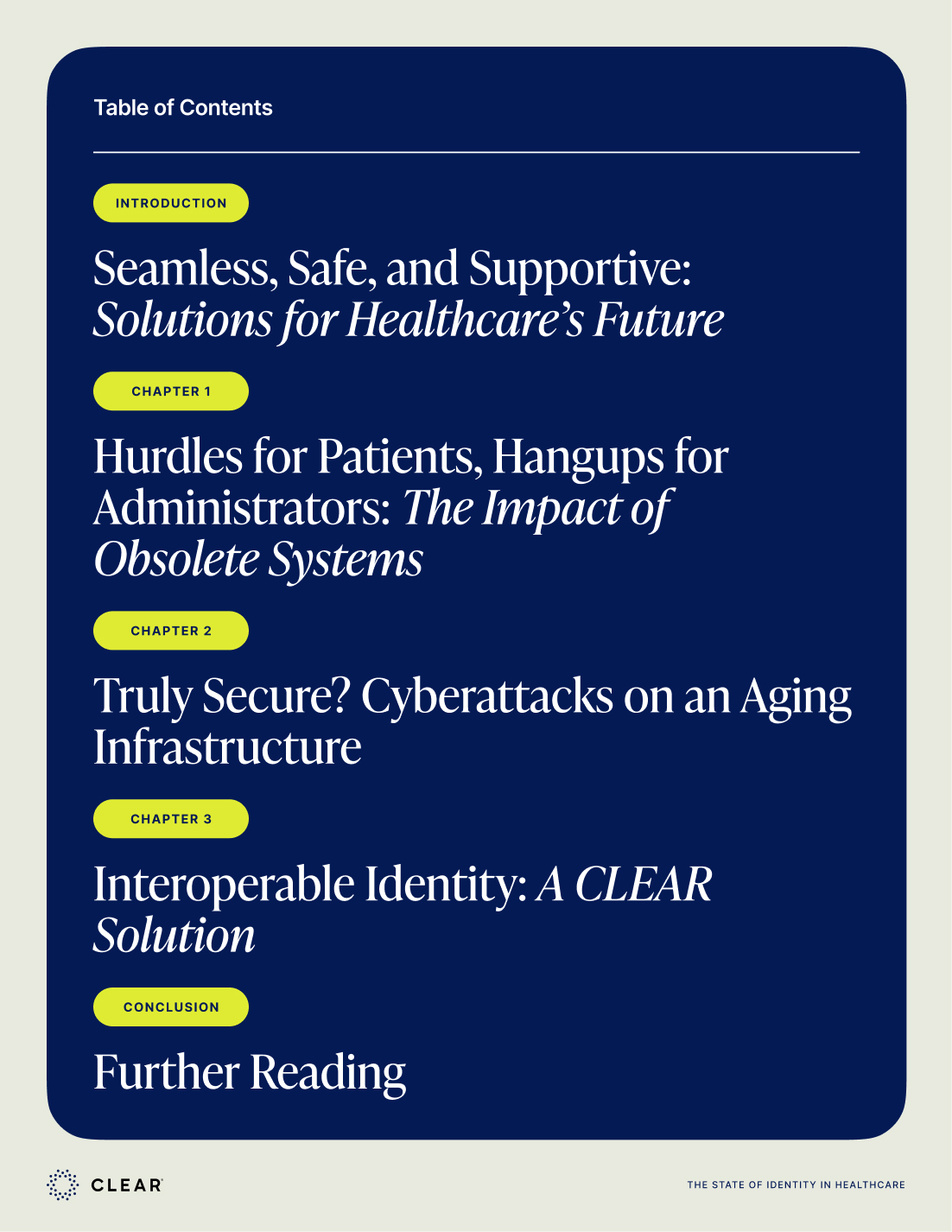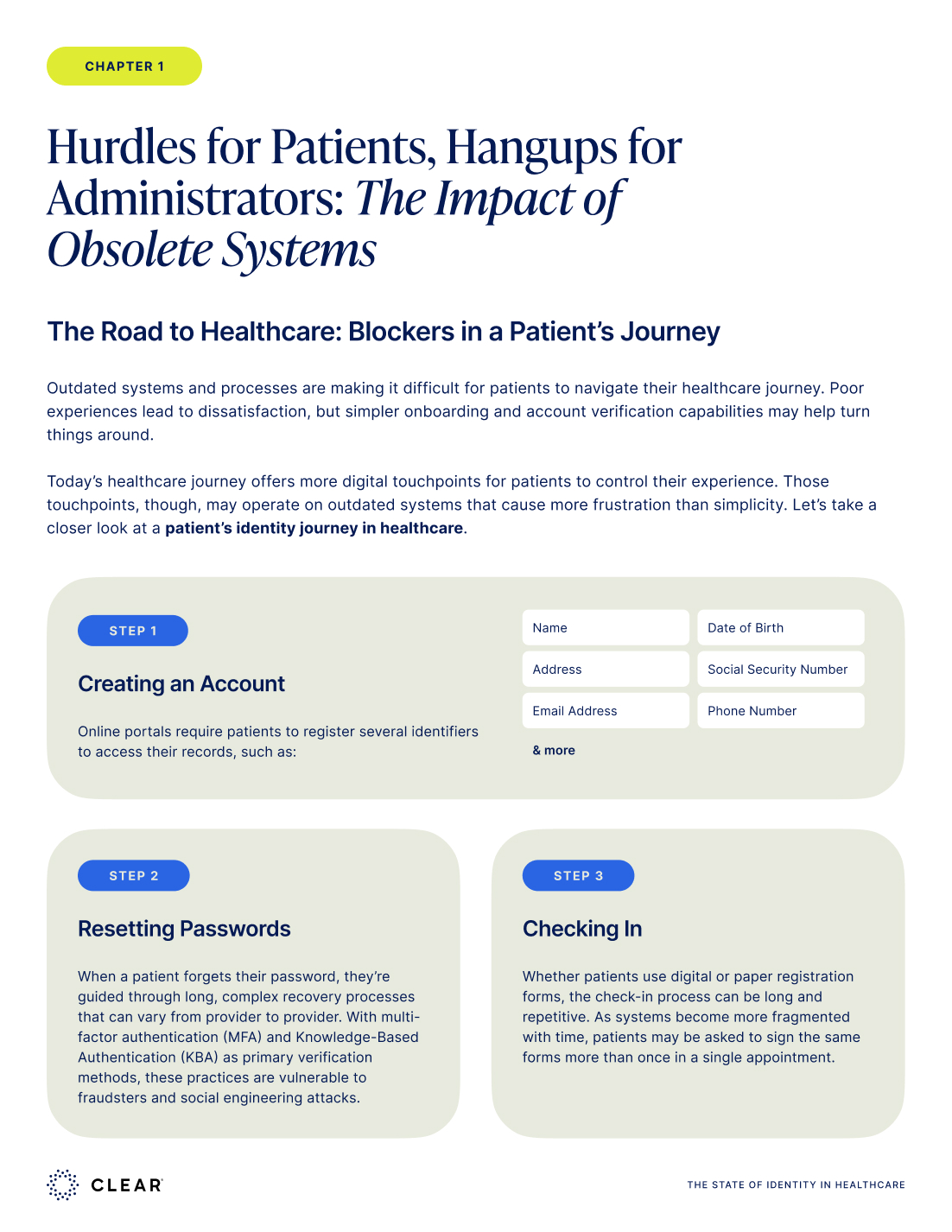


Picture this: A financial institution passes its regulatory KYC (Know Your Customer) audit with flying colors. The compliance team celebrates. Leadership feels confident. Then, three months later, they discover multiple fraudulent accounts that sailed through their perfectly KYC-compliant operations unnoticed.
This scenario is prevalent throughout the financial industry. Just because your KYC authentication process is regulatory-approved and thoroughly documented doesn’t mean it’s stopping fraud.
In most organizations, KYC and fraud prevention operate in silos—and that gap is exactly where bad actors thrive. With fraud losses reaching over $12 billion in 2024 alone, a 25% jump from last year, understanding this distinction is crucial for any business that is serious about both compliance and security.
The Compliance vs. Security Divide: The Goals of KYC Authentication
KYC authentication is fundamentally a compliance exercise, not a security measure. KYC teams create documented processes that satisfy regulators, ensure the bank can demonstrate due diligence, and follow approved procedures to the letter. Their focus is regulatory approval, not fraud outcomes.
The key distinction: As long as you follow your documented KYC authentication process, you’ve done your compliance job—even if bad actors get through.
This creates a fragmented ownership.
- KYC teams own regulatory compliance
- Fraud teams handle preventing actual bad actors
- Product teams focus on conversion rates and user experience
In many organizations, these teams rarely coordinate, creating exploitable gaps that sophisticated fraudsters target with precision.
Understanding the Regulatory Framework
There’s no shortage of acronyms surrounding financial compliance, so it’s easy to get confused in the overlap. But understanding what these terms are and how they work together reveals how organizations can check every compliance box and still face fraud risks.
What is BSA?
The Bank Secrecy Act (BSA) is the overarching U.S. law requiring financial institutions to assist in detecting money laundering.
What is AML?
Anti-Money Laundering (AML) refers to the broader program encompassing all efforts to prevent money laundering under BSA requirements.
What is CIP?
Customer Identification Program (CIP) is the specific regulatory requirement under BSA for verifying customer identity.
What is KYC?
Know Your Customer (KYC) represents the process of verifying customer identity as part of AML compliance.
These interconnected pieces work together: CIP forms part of KYC procedures, which are components of AML programs, all required under BSA. The compliance mindset driving these programs focuses on documentation and process, not outcomes.
Why Compliance Isn’t Enough
Different goals drive different metrics:
- KYC success = regulatory approval and audit compliance
- Fraud success = actually stopping the bad actors and reducing losses
This disconnect plays out daily in financial institutions. Fraud teams inherit the consequences of KYC authentication processes they don't control. Think of the example illustrated at the beginning of this blog. That KYC team has no reason, by their standards or those of their higher-ups, to change a thing.
Imagine this scenario: A large financial institution has documented KYC processes that appear to satisfy regulatory requirements. On paper, everything checks out. But behind the scenes, employees are exploiting gaps in the system by creating unauthorized customer accounts, forging signatures, and collecting fees for services never requested. The institution’s compliance framework, though seemingly robust, fails to detect the misconduct for years––leading to eroded trust and massive financial consequences.
This disconnect creates an accountability gap. When fraud occurs, it’s the fraud team’s problem, not KYC’s, as long as the process was followed. Change rarely comes from KYC teams unless regulators force it. Real pressure comes from:
- Fraud teams facing mounting losses
- Product teams needing better conversion
- Senior leadership responding to incidents
By the time identity validation receives the attention it deserves, it's often too late for preventative measures.
What Fraud Prevention Really Needs (Beyond Checking Boxes)
Traditional KYC authentication uses paper-age tools for digital-age fraud. Moving from a KYC-oriented process to a security-driven approach requires solutions that verify the person, not just the documents.
Modern fraud prevention approaches include:
- Multi-layered validation exceeding regulatory minimums by employing device fraud signals and fraud screening
- Dynamic risk assessments through customizable verification stacks
- Liveness detection and biometric matching
- Source corroboration and database validation
To create true harmony between KYC and fraud teams, these elements must continue to satisfy compliance needs, while fulfilling the company's more fraud-focused objectives, as well. Using CLEAR1, which keeps your identification processes airtight and cooperates with other tools in your security stack, ensures that these separate teams can remain compliant, harmonious, and secure.
Bridging the Gap
Accept the reality: KYC prioritizes compliance—that’s its job. The solution lies in layering comprehensive fraud prevention on top of KYC requirements.
In today's threat landscape, compliance isn't enough. The gap between "compliant" and "secure" is where your business risks live. Don't wait for KYC teams to prevent fraud—empower your security teams with modern verification tools that deliver both compliance and protection. Learn more about CLEAR1 to see how we can seal those gaps.
Picture this: A financial institution passes its regulatory KYC (Know Your Customer) audit with flying colors. The compliance team celebrates. Leadership feels confident. Then, three months later, they discover multiple fraudulent accounts that sailed through their perfectly KYC-compliant operations unnoticed.
This scenario is prevalent throughout the financial industry. Just because your KYC authentication process is regulatory-approved and thoroughly documented doesn’t mean it’s stopping fraud.
In most organizations, KYC and fraud prevention operate in silos—and that gap is exactly where bad actors thrive. With fraud losses reaching over $12 billion in 2024 alone, a 25% jump from last year, understanding this distinction is crucial for any business that is serious about both compliance and security.
The Compliance vs. Security Divide: The Goals of KYC Authentication
KYC authentication is fundamentally a compliance exercise, not a security measure. KYC teams create documented processes that satisfy regulators, ensure the bank can demonstrate due diligence, and follow approved procedures to the letter. Their focus is regulatory approval, not fraud outcomes.
The key distinction: As long as you follow your documented KYC authentication process, you’ve done your compliance job—even if bad actors get through.
This creates a fragmented ownership.
- KYC teams own regulatory compliance
- Fraud teams handle preventing actual bad actors
- Product teams focus on conversion rates and user experience
In many organizations, these teams rarely coordinate, creating exploitable gaps that sophisticated fraudsters target with precision.
Understanding the Regulatory Framework
There’s no shortage of acronyms surrounding financial compliance, so it’s easy to get confused in the overlap. But understanding what these terms are and how they work together reveals how organizations can check every compliance box and still face fraud risks.
What is BSA?
The Bank Secrecy Act (BSA) is the overarching U.S. law requiring financial institutions to assist in detecting money laundering.
What is AML?
Anti-Money Laundering (AML) refers to the broader program encompassing all efforts to prevent money laundering under BSA requirements.
What is CIP?
Customer Identification Program (CIP) is the specific regulatory requirement under BSA for verifying customer identity.
What is KYC?
Know Your Customer (KYC) represents the process of verifying customer identity as part of AML compliance.
These interconnected pieces work together: CIP forms part of KYC procedures, which are components of AML programs, all required under BSA. The compliance mindset driving these programs focuses on documentation and process, not outcomes.
Why Compliance Isn’t Enough
Different goals drive different metrics:
- KYC success = regulatory approval and audit compliance
- Fraud success = actually stopping the bad actors and reducing losses
This disconnect plays out daily in financial institutions. Fraud teams inherit the consequences of KYC authentication processes they don't control. Think of the example illustrated at the beginning of this blog. That KYC team has no reason, by their standards or those of their higher-ups, to change a thing.
Imagine this scenario: A large financial institution has documented KYC processes that appear to satisfy regulatory requirements. On paper, everything checks out. But behind the scenes, employees are exploiting gaps in the system by creating unauthorized customer accounts, forging signatures, and collecting fees for services never requested. The institution’s compliance framework, though seemingly robust, fails to detect the misconduct for years––leading to eroded trust and massive financial consequences.
This disconnect creates an accountability gap. When fraud occurs, it’s the fraud team’s problem, not KYC’s, as long as the process was followed. Change rarely comes from KYC teams unless regulators force it. Real pressure comes from:
- Fraud teams facing mounting losses
- Product teams needing better conversion
- Senior leadership responding to incidents
By the time identity validation receives the attention it deserves, it's often too late for preventative measures.
What Fraud Prevention Really Needs (Beyond Checking Boxes)
Traditional KYC authentication uses paper-age tools for digital-age fraud. Moving from a KYC-oriented process to a security-driven approach requires solutions that verify the person, not just the documents.
Modern fraud prevention approaches include:
- Multi-layered validation exceeding regulatory minimums by employing device fraud signals and fraud screening
- Dynamic risk assessments through customizable verification stacks
- Liveness detection and biometric matching
- Source corroboration and database validation
To create true harmony between KYC and fraud teams, these elements must continue to satisfy compliance needs, while fulfilling the company's more fraud-focused objectives, as well. Using CLEAR1, which keeps your identification processes airtight and cooperates with other tools in your security stack, ensures that these separate teams can remain compliant, harmonious, and secure.
Bridging the Gap
Accept the reality: KYC prioritizes compliance—that’s its job. The solution lies in layering comprehensive fraud prevention on top of KYC requirements.
In today's threat landscape, compliance isn't enough. The gap between "compliant" and "secure" is where your business risks live. Don't wait for KYC teams to prevent fraud—empower your security teams with modern verification tools that deliver both compliance and protection. Learn more about CLEAR1 to see how we can seal those gaps.























